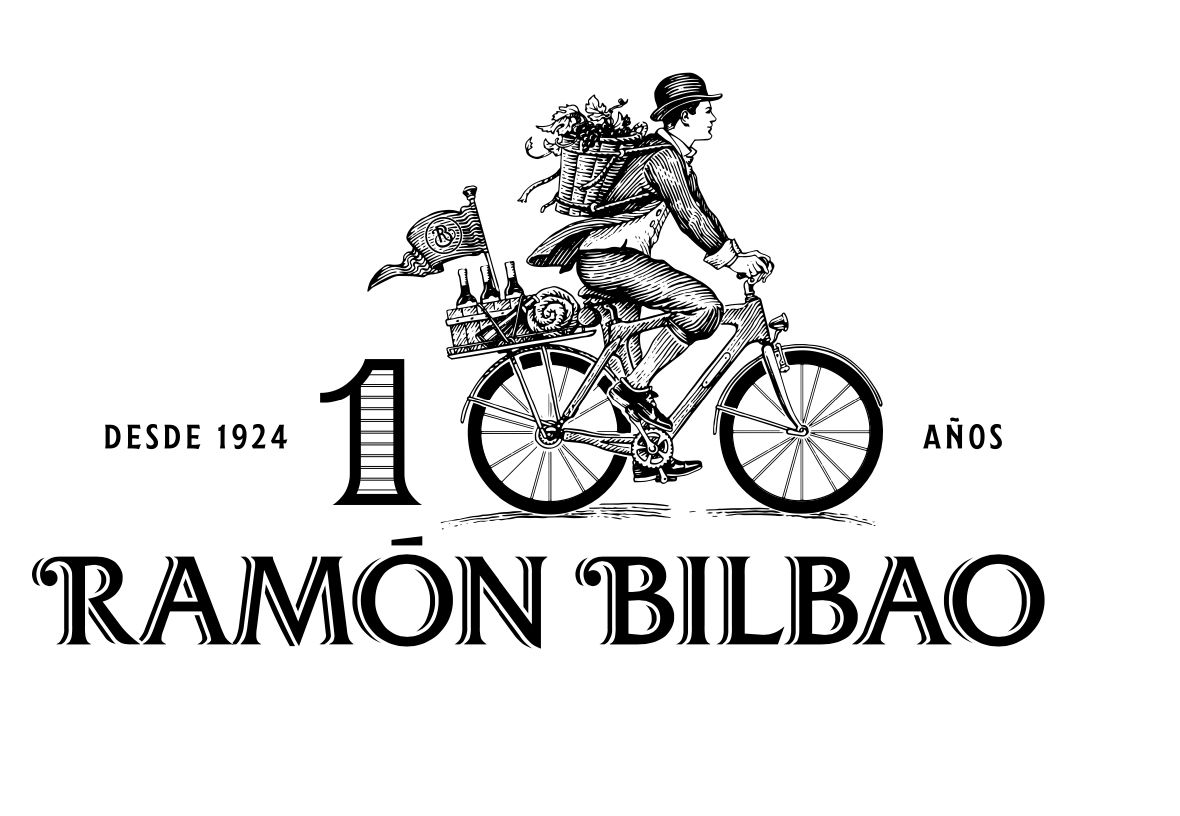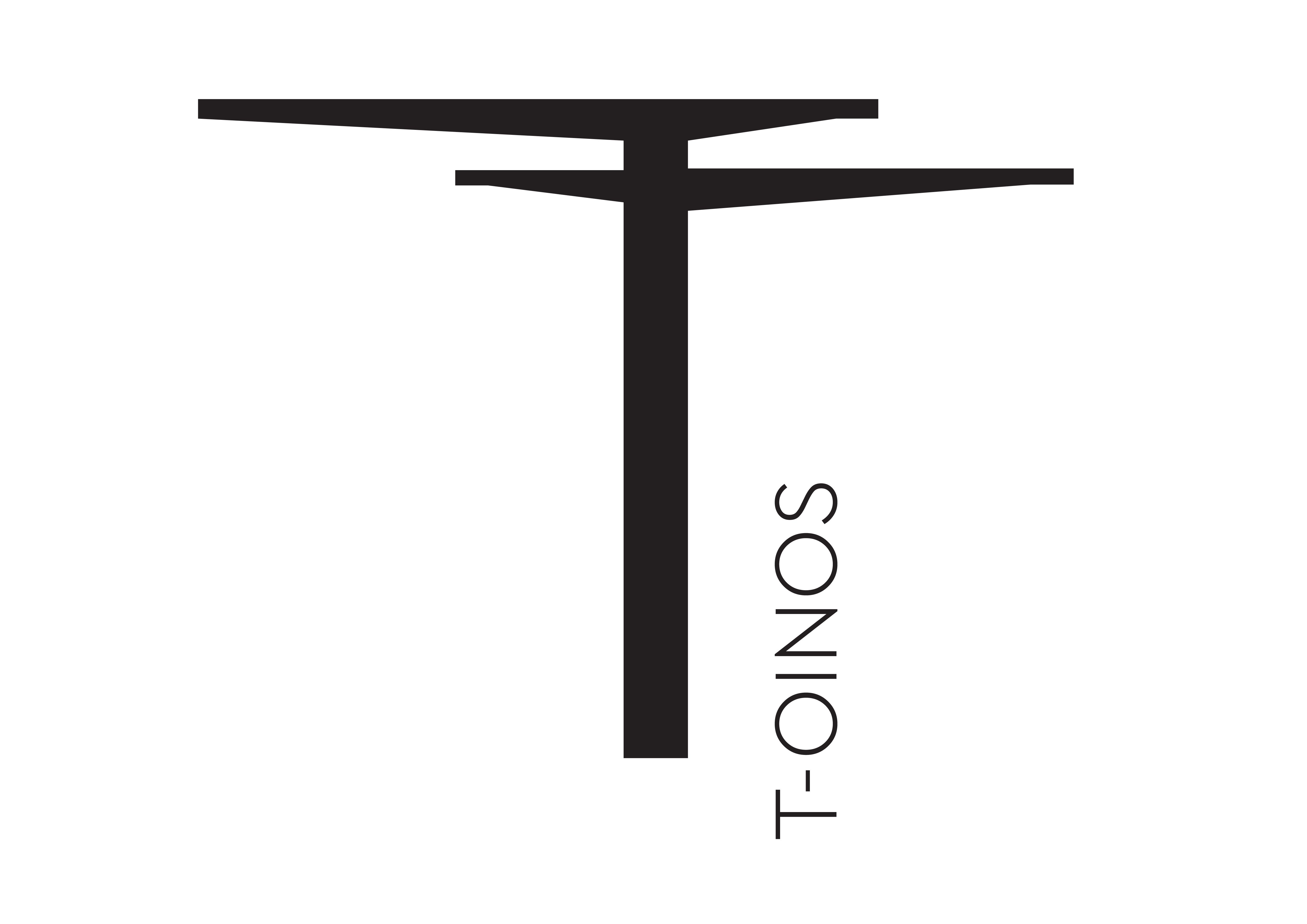Fäviken is one of the world’s most remote, exclusive and unusual restaurants in the world. It also happens to be one of the best. Just don’t write #feelingblessed in your review.
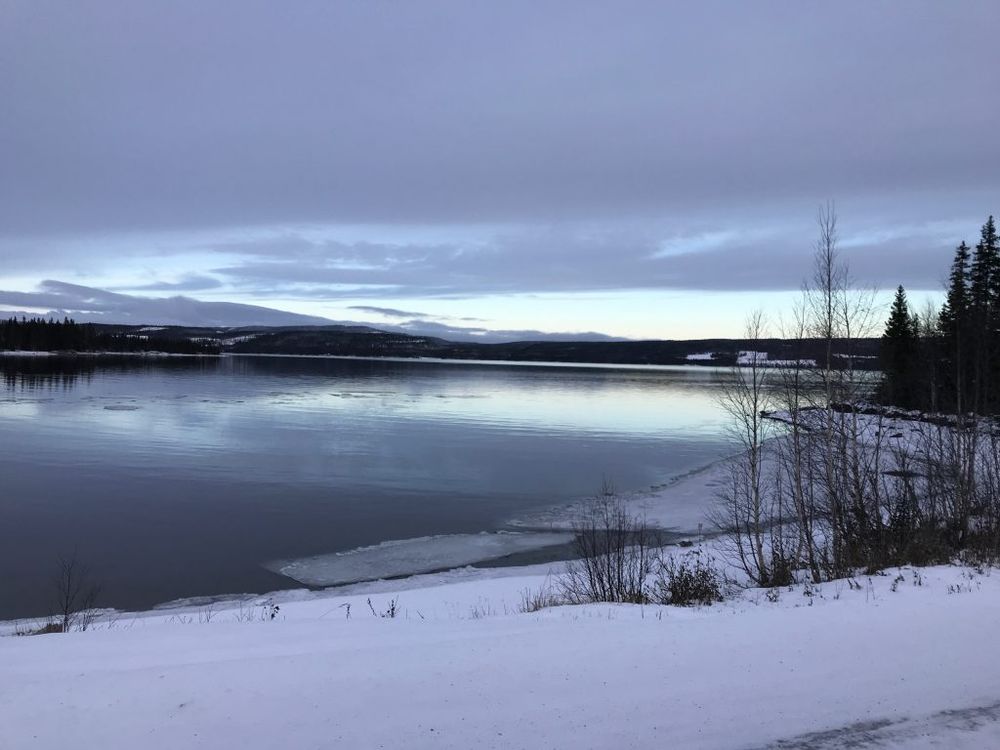
Fäviken is set in the remote sub-arctic province of Jämtland.
“We used to ask people how they had heard about Fäviken,” said Marion our waitress, “we don’t bother any more, it’s always the same answer – Netflix.”
To call Marion a waitress is slightly inaccurate. She is dressed like a handmaiden from a different century, a would-be early settler who welcomes us into the glow from the fireside of a restored wooden barn in the remote sub-arctic province of Jämtland.
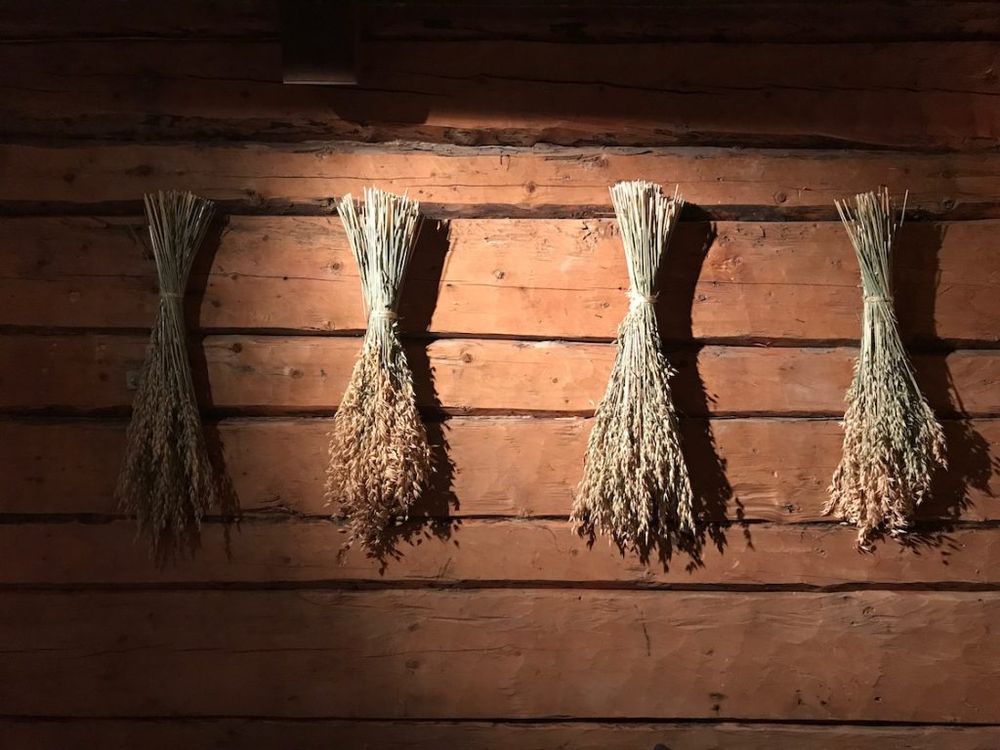
Jämtland? I hear you ask. Take a pin, run it half way up a map of Sweden and stick it in right in the middle, just East of the Norwegian border. The 20,000-acre Fäviken farm and hunting estate lies a short snow-plough’s ride from the small town of Järpen.
Our route – from London via plane to Trondheim in Norway and a challenging four-hour drive through the breathtaking snow-scape – was chosen in preference to the 15-hour train ride from Stockholm, or connecting flights from Scandic hubs to the local airport in Åre.
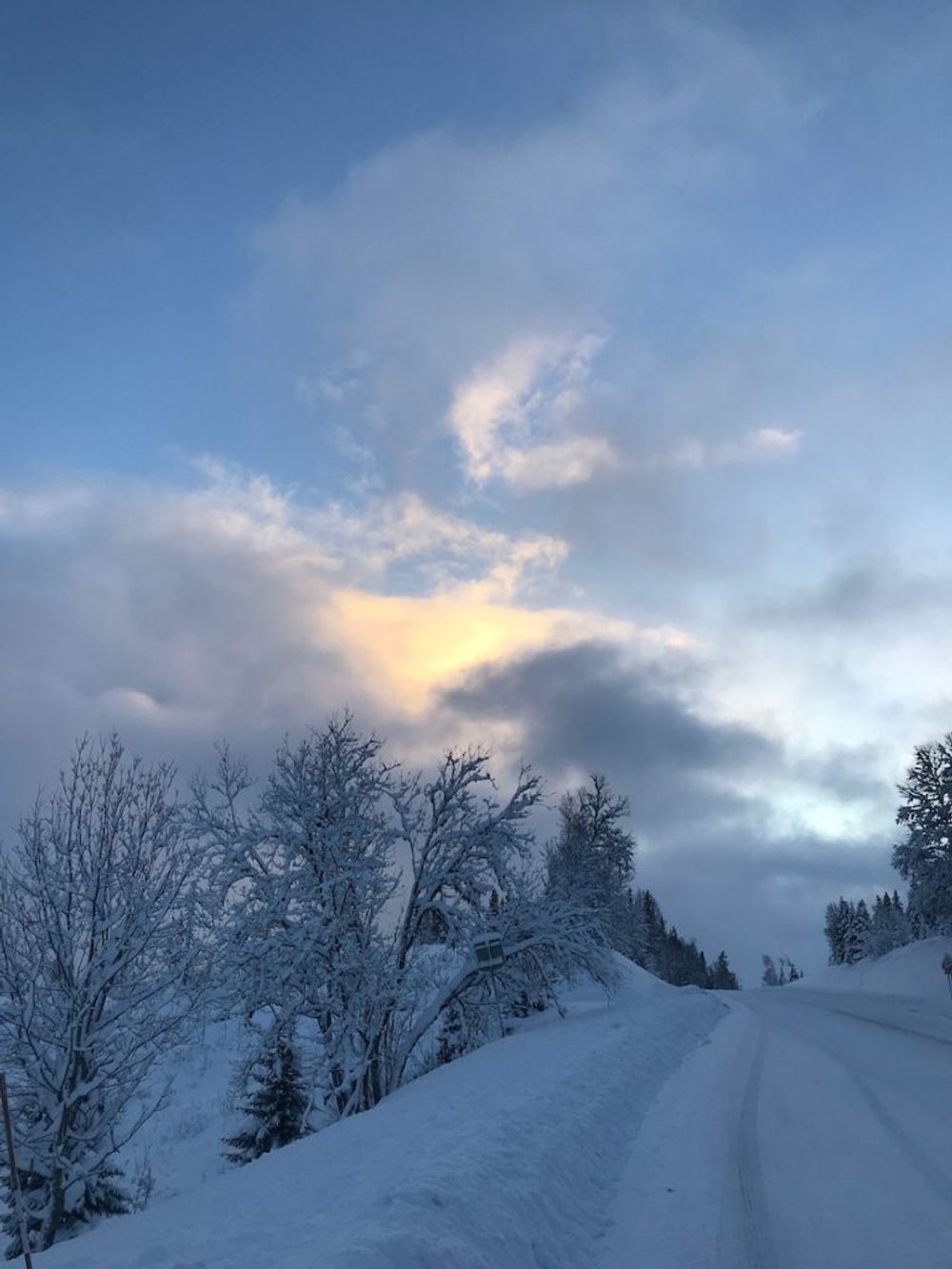
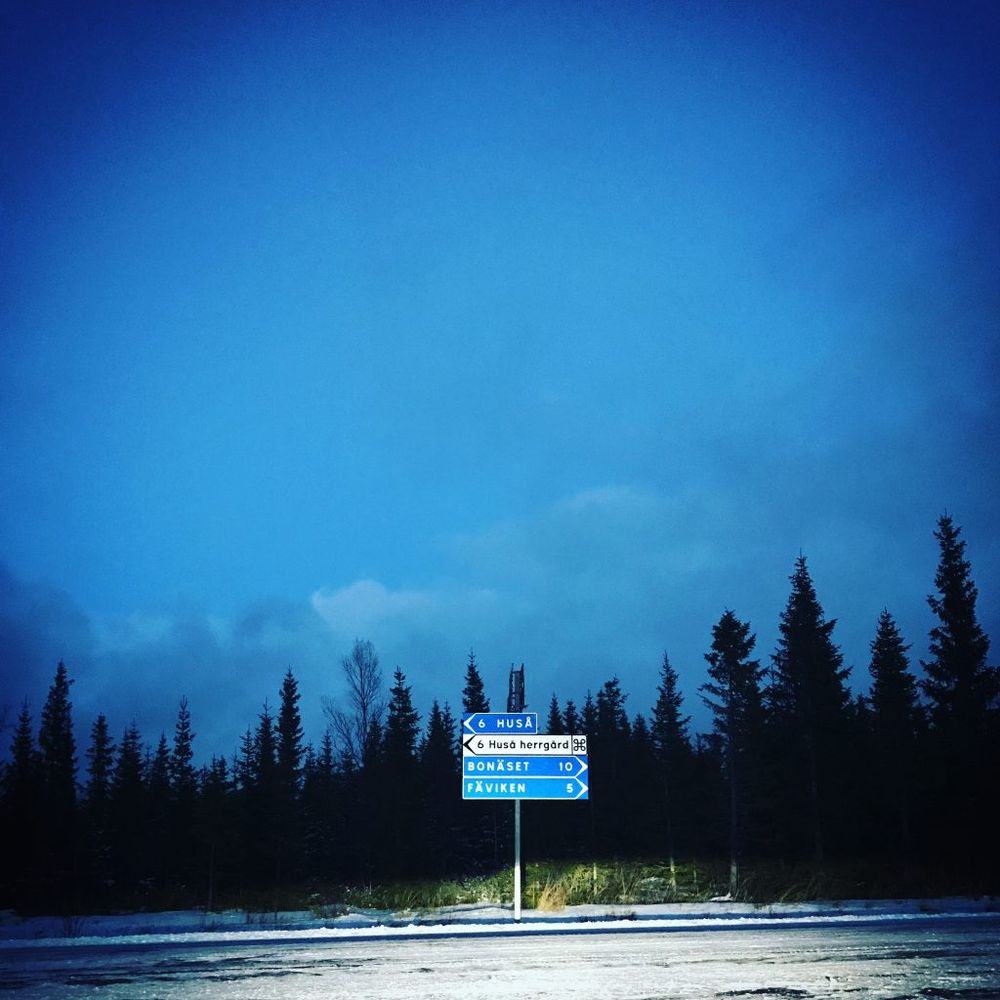
But the getting there is undeniably part of Fäviken’s attraction.
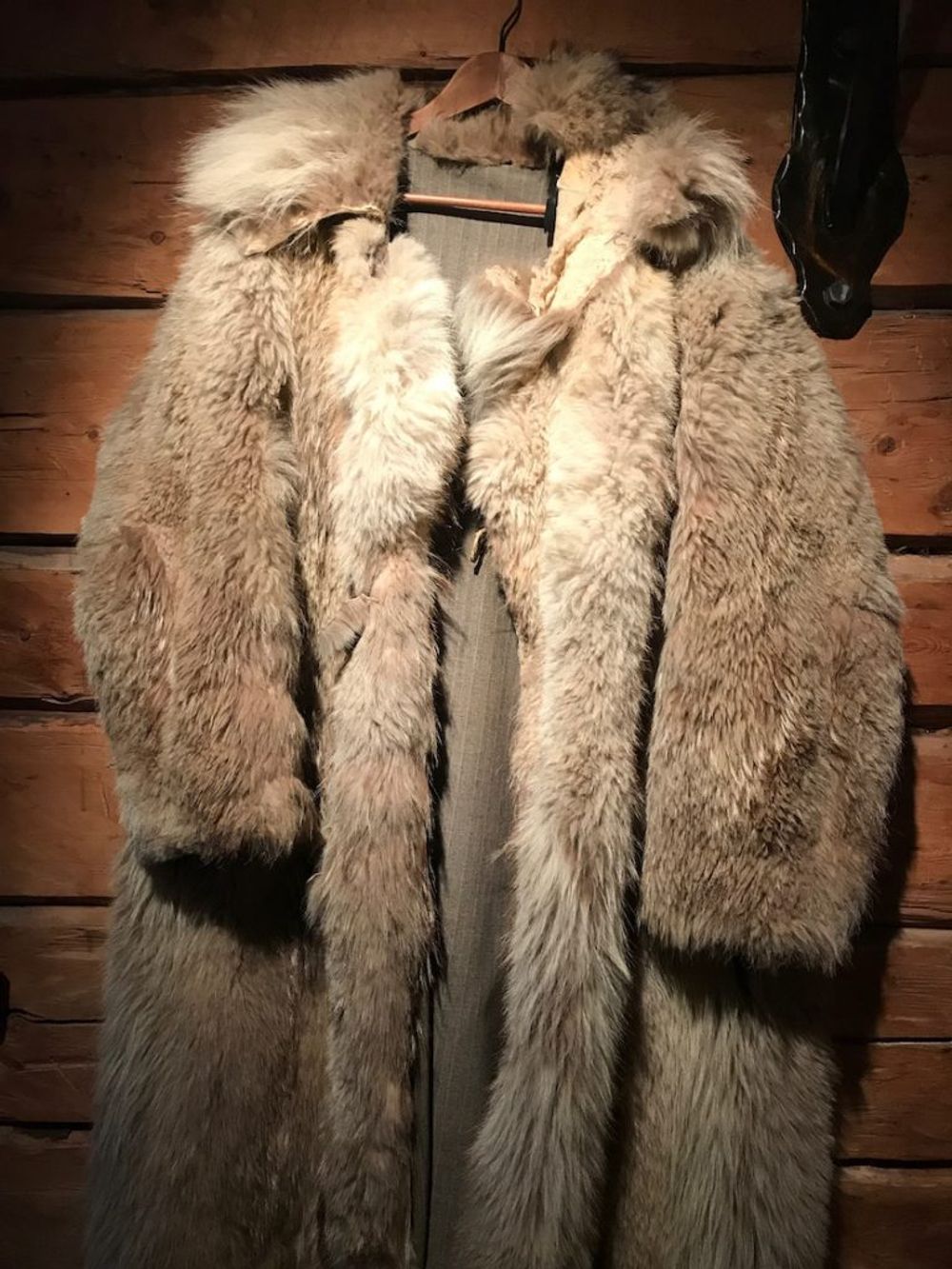
On the wall in the ground floor of the restaurant hangs an ancient fur coat that looks like a prop from The Revenant, and all around are cooking implements from the past as well as pieces of meat and fish hanging from the beams dripping fat into the heavy floorboards.
It’s like a scene from Babette’s Feast but this time directed by David Lynch with Francis Bacon doing the production design.
And yes, we also decided to go to Fäviken after watching the episode of Netflix’s Chef’s Table that focused on the restaurant and the extraordinary achievements of chef Magnus Nilsson in transforming the former hunters’ canteen into the phenomenon that it is today.

Much has been written about the Fäviken style of food.
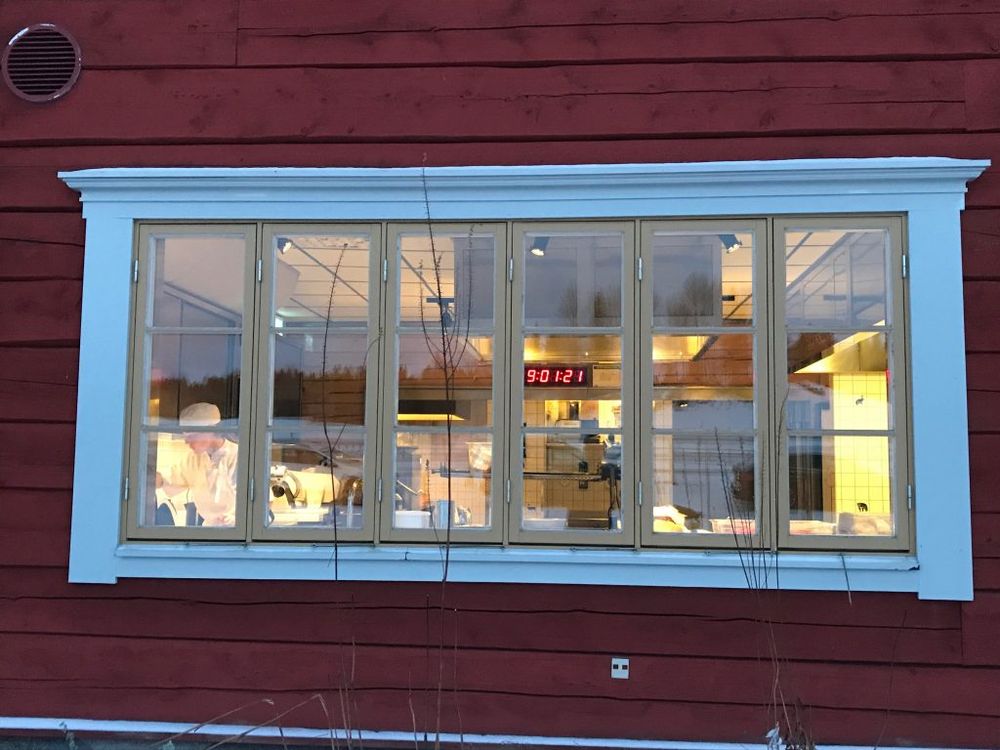
If you missed this, it is a re-interpretation of Swedish cuisine in much the same way that René Redzepi was doing with Nordic food when he set up Noma in Copenhagen. That is, local products, many home grown, hunted or foraged from the estate. Ingredients from faraway – citrus fruit, olive oil – are shunned in place of lichens, flowers, butters, berries and creams, as well as moose, reindeer, grouse and fish.
Nilsson’s fame is also founded on his preservation skills. Produce hunted and gathered in the bountiful spring and summer months are dried, salted, jellied, pickled or bottled and banked in one of the outdoor cold stores to spend in the sparse winter months.
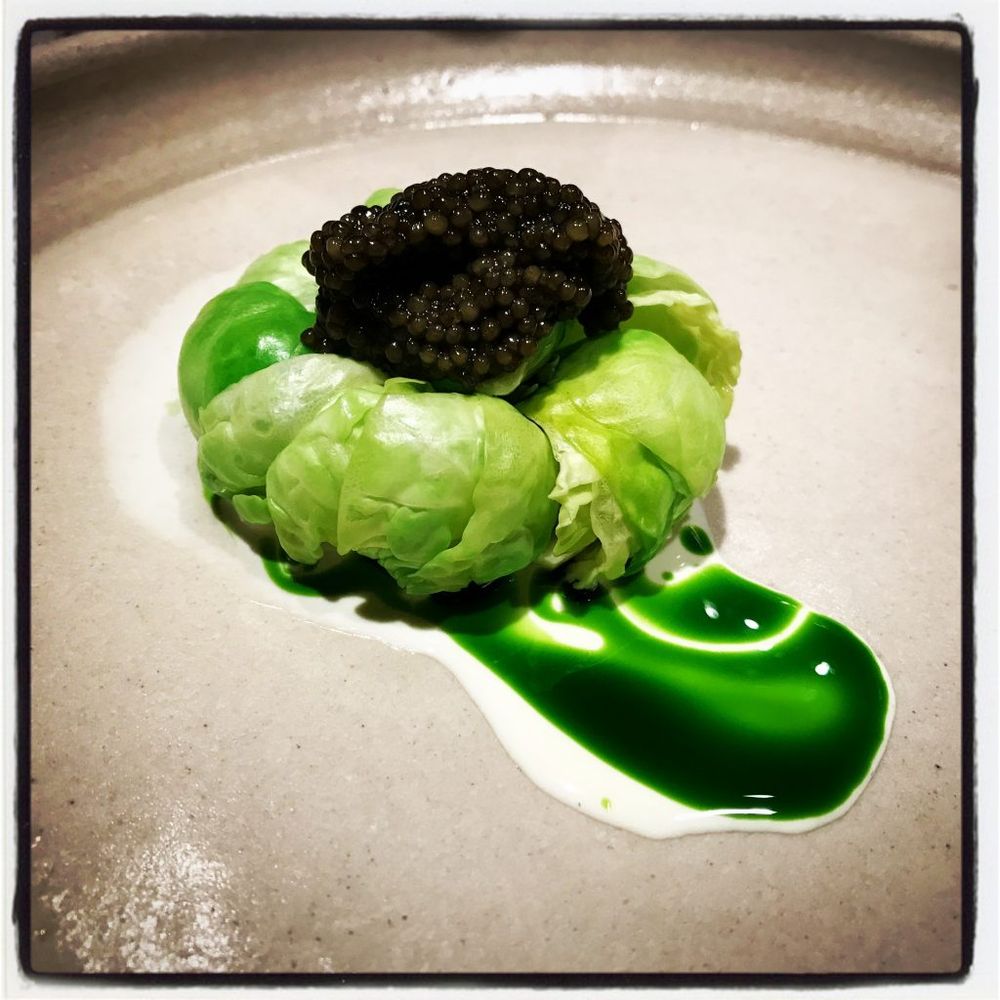
One of the 30 dishes we ate involved the first milk, or colostrum, expressed by a cow after giving birth. There was silage ice cream, the world’s best scallops slowly cooked over burning juniper branches. That sort of thing.
I won’t repeat what you can read elsewhere or see on Netflix except that the meal was tasty, intense, brave, beautiful, theatrical and quite unique. It was easily one of the most enjoyable meals of my life.
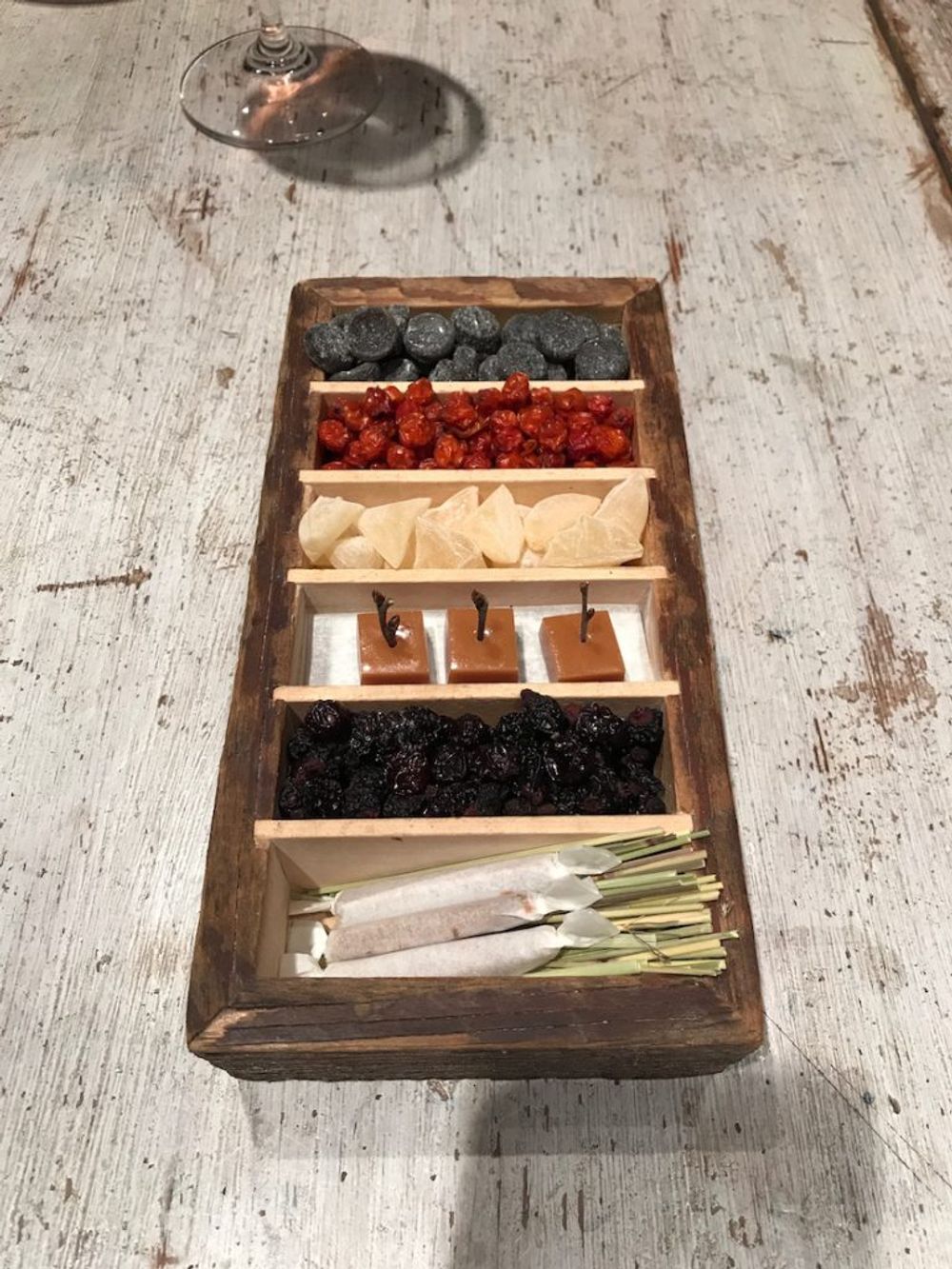
Having eaten at Noma back in 2010 when it was the world’s number one restaurant, I cannot say the food at Fäviken was a total surprise but the clientele was.
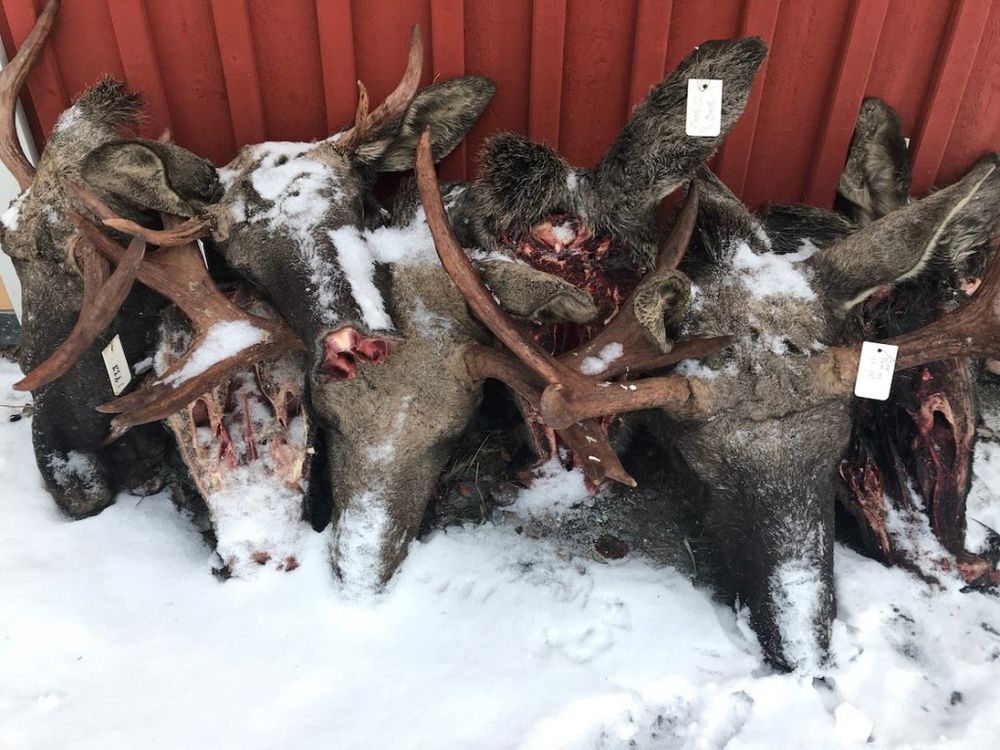
Yo Ho Ho!
“I am like a child at Christmas eve,” said Pierre who was also staying in the cosy lodgings on site and, like me, headed down for dinner’s 7pm start. He had a point – this was a foodie’s version of meeting Santa in Lapland.
Pierre and his wife were Swedish and lived 80 miles away. It was their first visit as it was for the rest of the diners.
Given that dinner is £300 a pop before drinks or coffee and that a cab to the nearest hotel (for those unlucky enough to not stay on the premises) is £120 each way, we are not talking about backpacker territory here. And yet everyone looked so beardy, and young and, how can I see this?… not that well off.
One couple from Virginia was on a little Scandi foodie tour based around the visit to Fäviken. Another couple, who looked like they had just come out of college, had effectively flown from LA for dinner.
To one of the world’s most expensive restaurants.
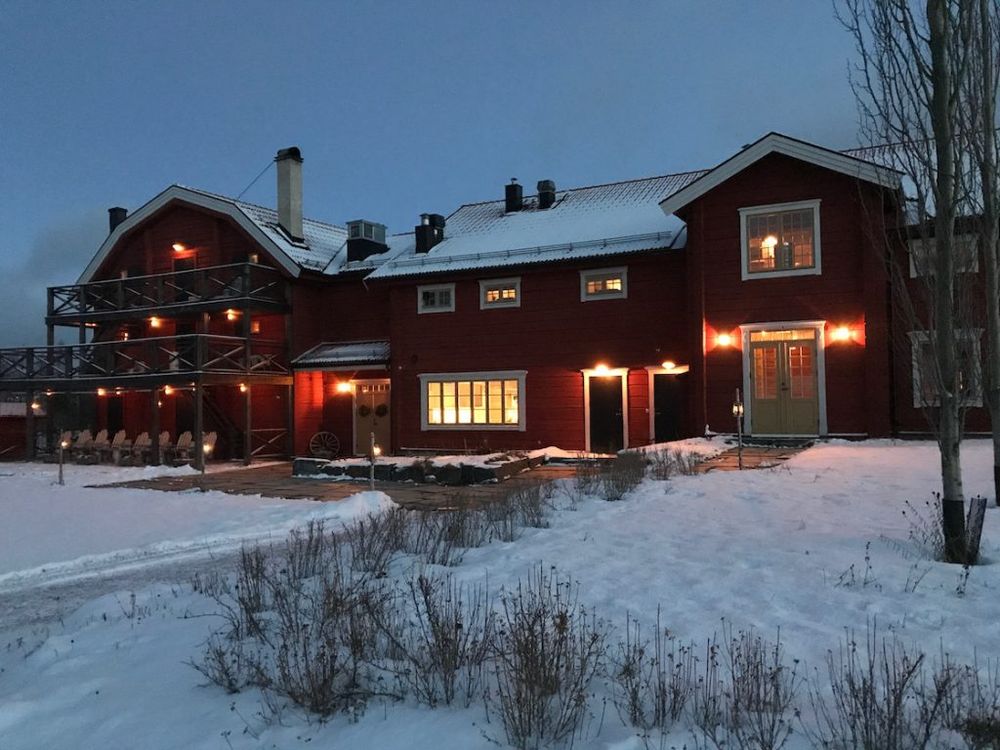
This was a new breed of food fan I hadn’t met before Chef’s Table started airing in 2015. One that will travel to the ends of the earth to have a unique, extreme food experience. They were, oddly, also much younger than me. I did expect at least one old fat cat on his mobile the whole way through the feast.
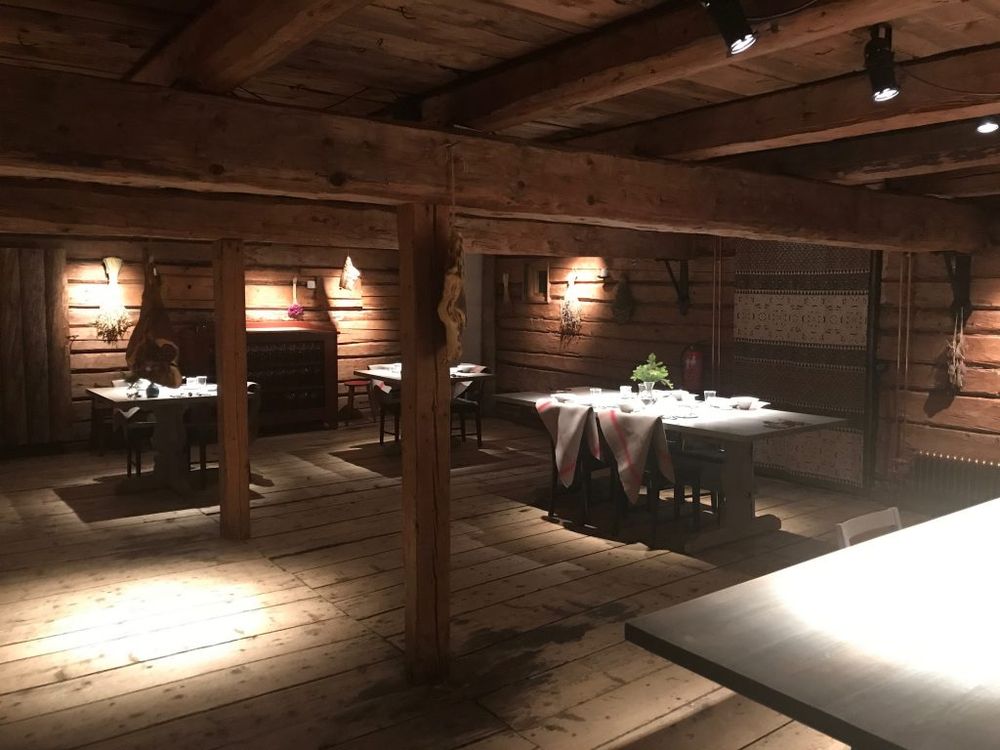
Sitting with them at the shared table on the ground floor, we joked about social media hashtags, use of images and the like. No-one had their phone out, no-one Instagrammed, no-one did the gastro-tourist point-scoring thing, and these guys were in Wal-Mart shirts, being served by smart-suited Tim, ex-manager of The Clove Club in the middle of the frozen tundra. Weird but wonderful.
Prior to going I was expecting some obvious wealth (the wine list does have DRC on it) flash jewelry, some posing (Noma was well-heeled in its day) but not a bit of it. These were über foodies enjoying the food and the experience without trying to catalogue or boast about it.
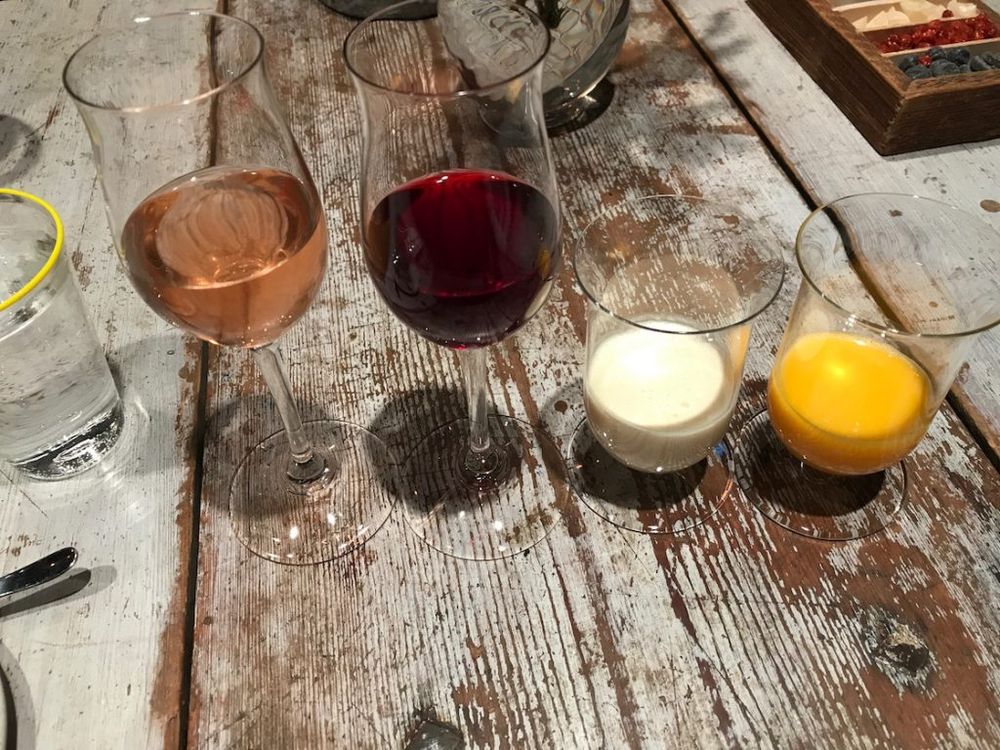
Rhubarb, elderberry, cream, duck yolk schnapps (l-r)
“Hashtag feelingblessed. That is the most offensive thing I think you can ever write,” one laughed. We all did. Just as the duck yolk schnapps arrived.
Endnote
Great experience. But one word about the wine.
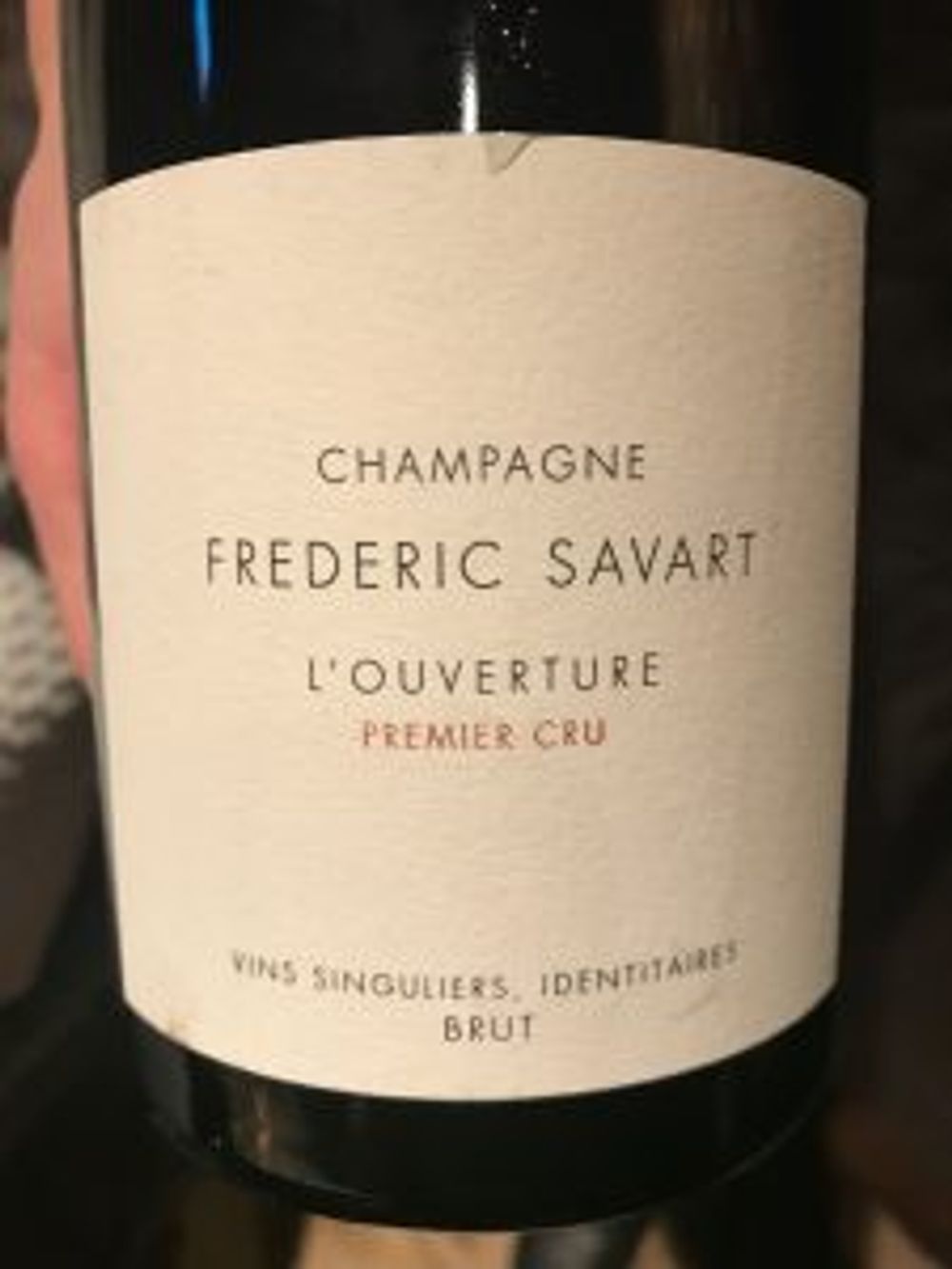
The house Champagne was quite brilliant
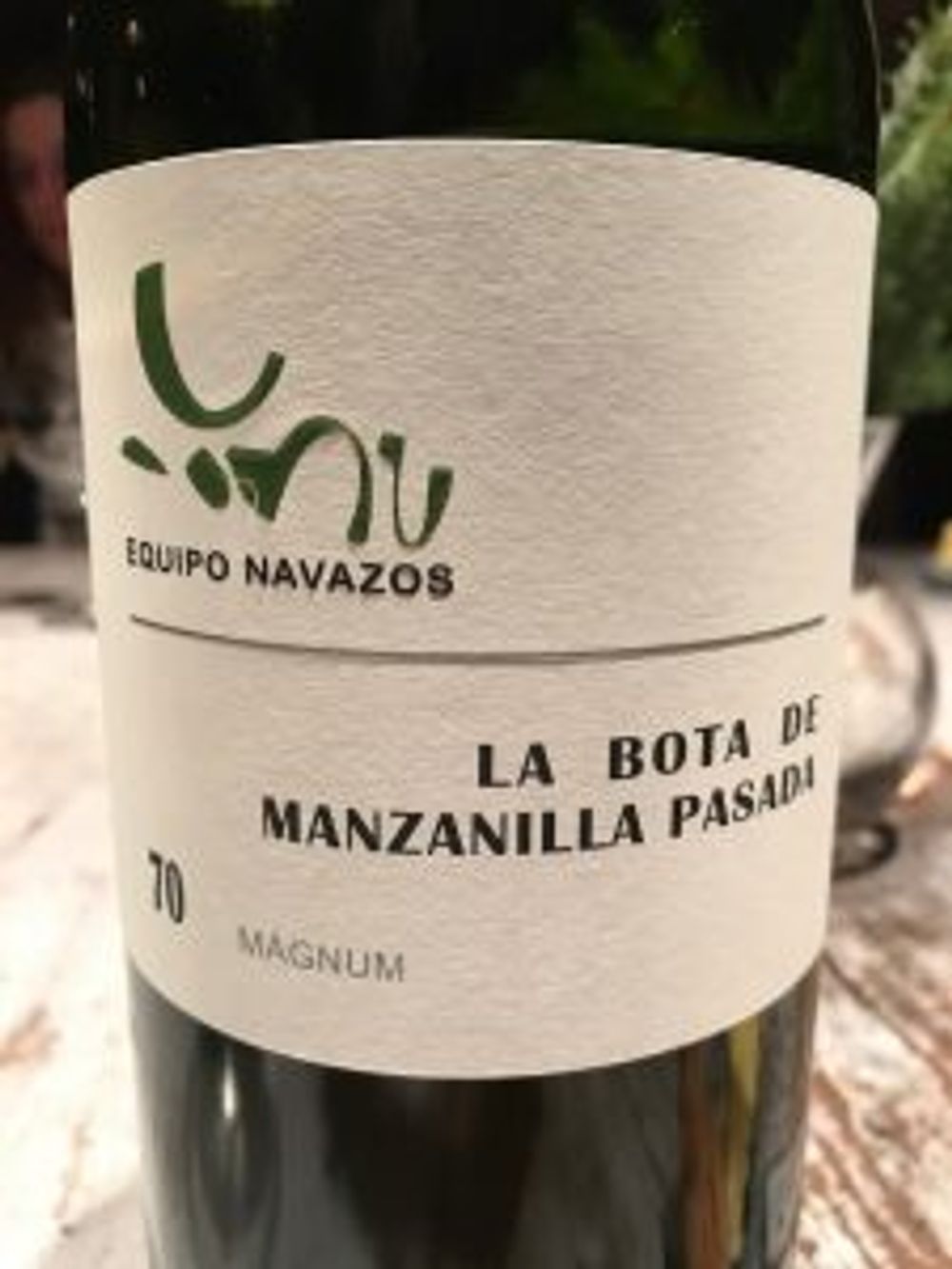
The sherry that was a big hit on our table and part of the wine pairing menu
Normally I almost always go with the venue’s wine pairing, especially with cuisine so complex and varied, and obviously not knowing what we were about to eat. I was about to do the same at Fäviken, especially given Nilsson’s past as a sommelier, but not this time. For £170 a head it was five glasses – including one a homemade mead, one a sherry, one a Mosel Riesling – all good quality but it was the only time that it felt like the real world intruding, if you know what I mean.
Our new-found foodie friends went with the pairing and didn’t seem to mind a jot. Although there will be more diners like us who, with a quick spin through Wine Searcher, will see where the margins are being made.
The a la carte wine list was fabulous, however, and included many gems – blue chip and non – at a fair 250% mark-up given some of the rarity involved and where we were.
And, for once someone else had already set the wine budget bar higher than I am would normally be allowed to go…
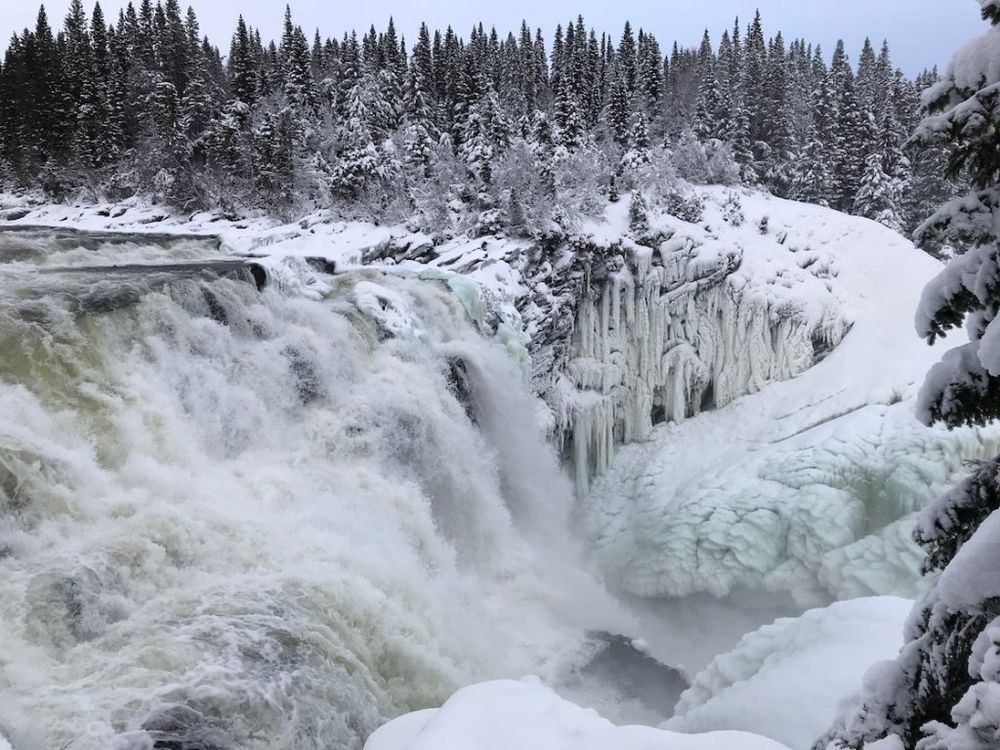
On the way back we just had to stop at Sweden’s largest waterfall. I had visions of Echo and the Bunnymen’s Porcupine album cover.



























